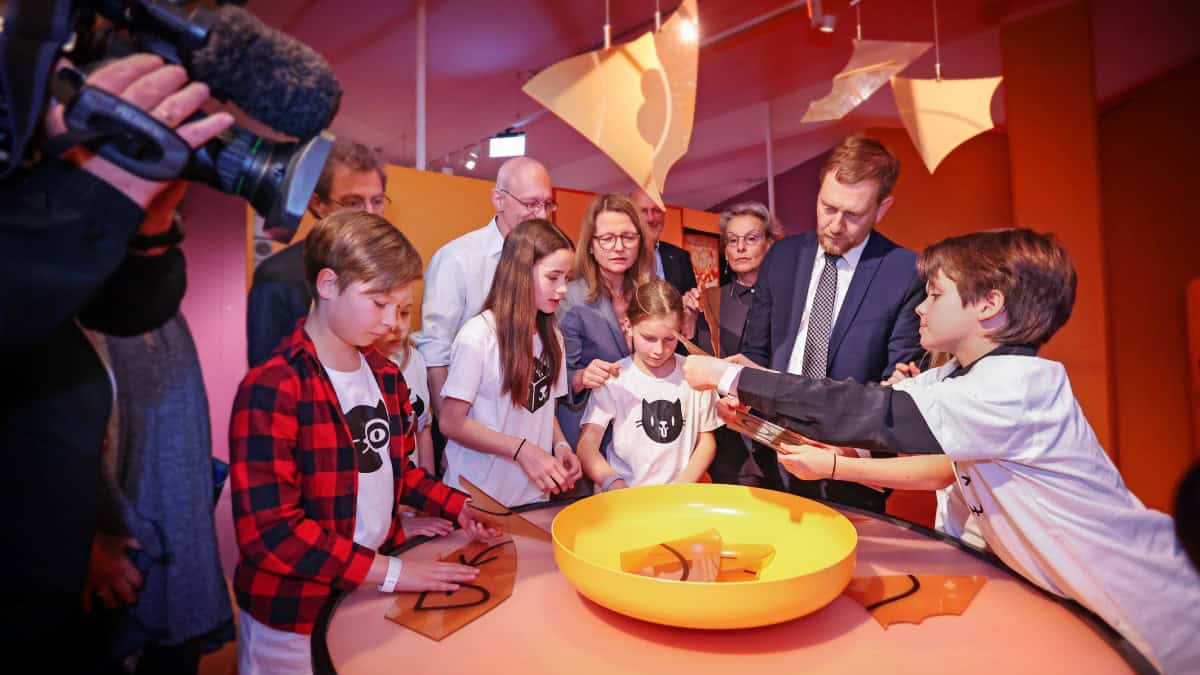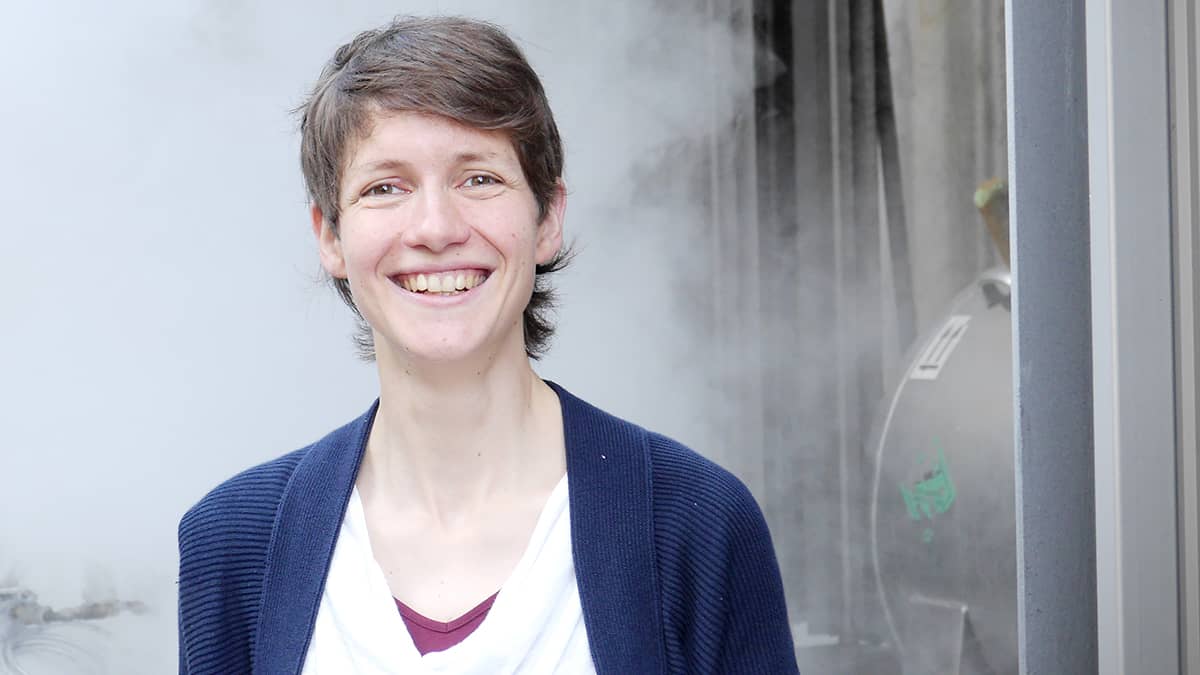Space research is one of the major fields of exploration today. Discoveries and speculations backed by technological advancements are opening up new vistas for human life. Amidst these endeavours, a lot of effort is being put to find the best way to produce oxygen on the Moon. Scientists seem to have found a solution to this problem. The Moon’s layer of rocks, called regolith, contains enough oxygen to sustain human life. If a new study is to be believed, the Moon’s surface has enough oxygen to keep 8 billion, or 800 crore people alive for around 1,00,000 years.
However, this oxygen is not yet in a gaseous form and researchers are trying to find ways to sustainably extract it from these rocks for humans.
According to a report on meteorite information on the website of Washington University in St. Louis, the Moon’s regolith is made up of about 41-45 percent oxygen. Another report published in Space.com states that to extract usable oxygen from the Moon, scientists will have to undertake a process called electrolysis. On Earth, electrolysis is used to extract metals from their mineral ore and oxygen is a by-product. But on the Moon, oxygen will be the main product and the metal would be a potentially useful by-product.
The Moon’s atmosphere is very thin and contains only traces of oxygen. It is mostly composed of hydrogen, neon and argon. However, like the rocks on Earth, the regolith on the Moon contains oxygen mixed in mineral form. There, minerals such as silica, aluminium, and iron and magnesium oxides exist in different forms in hard rock, dust, gravel, and stones covering the surface.
A report published in The Conversation states that if the oxygen in the Moon’s deeper hard rock material is ignored, and just the regolith is considered, some estimates could be arrived at. Assuming that the average depth of the regolith is about 10 metres, and that all the oxygen can be extracted from that, the report states that the “top 10 metres of the Moon’s surface would provide enough oxygen to support all eight billion people on Earth for somewhere around 100,000 years”.
This year, Belgium-based start-up Space Applications Services announced its work on three experimental reactors that can improve oxygen output via electrolysis. These reactors may be sent to the moon by 2025 as part of the European Space Agency’s in-situ resource utilisation (ISRU) mission.





